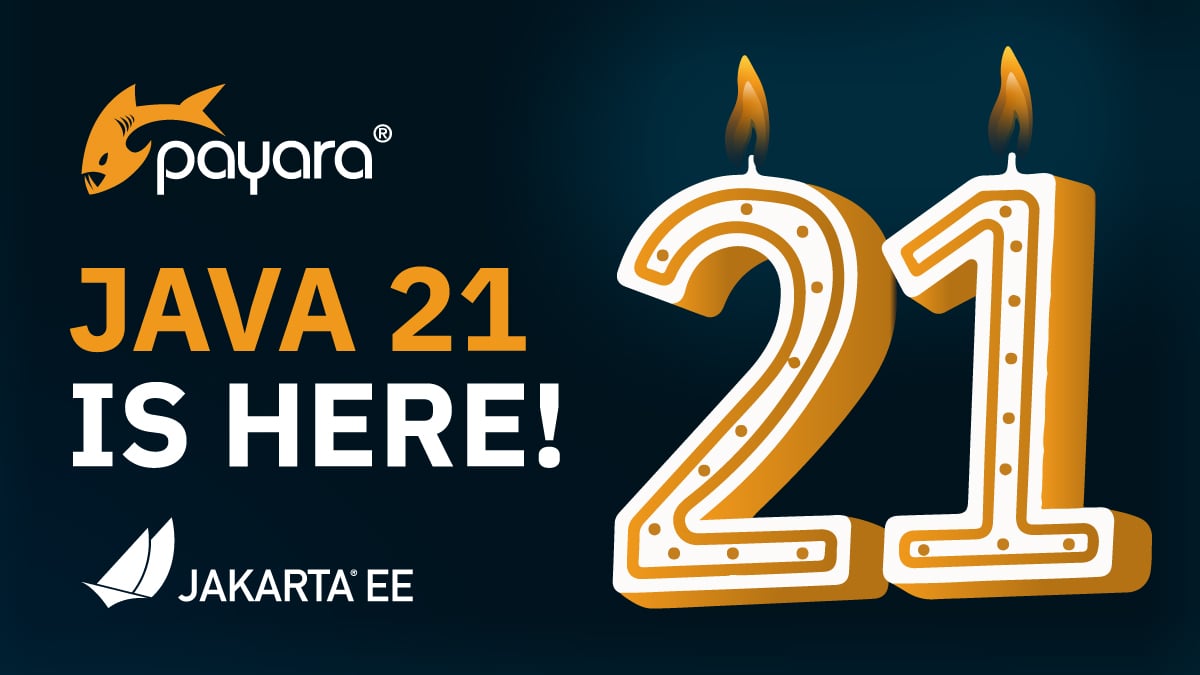 3 minutes
3 minutes
End-of-Life Technology: How to Drive Innovation Without Compromising Stability
When legacy systems approach end-of-life (EOL), enterprise IT teams typically face the choice of moving forward at all costs […]

Java’s journey towards fostering more expressive and efficient code has taken a remarkable leap with the advent of Record Patterns, encapsulated in JEP 440. This feature, previewed in both Java 19 and Java 20, is now a part of the language from Java 21, marking a significant stride towards reducing the verbosity traditionally associated with Java language. In this post, we will delve into the essence of Record Patterns, take a look at its benefits, and explore how it fits in with the existing pattern matching capabilities of Java.
Record Patterns are a novel addition to Java’s pattern matching constructs, extending its reach to de-structure instances of record classes. This enables more sophisticated data queries, allowing you to break down record values and nest record and type patterns for powerful, expressive, and modular data navigation and processing.
Consider a record representing a Person with a name and age.
public record Person(String name, int age) {
}
With Record Patterns, accessing the data becomes a breeze.
Person person = new Person("John Doe", 25);
if (person instanceof Person(var name, var age)) {
System.out.println("Name: " + name + ", Age: " + age);
}
Here, the instanceof operator alongside the Record Pattern Person(var name, var age) deconstructs the person object, providing direct access to its fields.
Where Record Patterns shine is when dealing with nested decision structures. Consider a scenario with nested records representing geometric shapes.
public sealed interface Shape permits Circle, Rectangle {
}
public record Circle(Point center, int radius) implements Shape {
}
public record Rectangle(Point topLeft, Point bottomRight) implements Shape {
}
public record Point(int x, int y) {
}
To calculate area based on the shape type:
void main() {
Shape shape = new Rectangle(new Point(0, 0), new Point(10, 5));
var area = calculateArea(shape);
System.out.println("Area: " + area);
}
public static double calculateArea(Shape shape) {
return switch (shape) {
case Rectangle(var topLeft, var bottomRight) -> (bottomRight.x() - topLeft.x()) * (bottomRight.y() - topLeft.y());
case Circle(_, var radius) -> Math.PI * radius * radius;
default -> throw new IllegalStateException("Unknown shape: " + shape);
};
}
In this example, we define a method calculateArea which uses a switch expression to destructure the Shape object into its specific types (Rectangle or Circle) and calculates the area accordingly. In the Rectangle case, it extracts the top-left and bottom-right points, and in the Circle case, it extracts the radius while ignoring the center point using the _ wildcard.
JEP 440 has undoubtedly enriched the Java programming language, offering a robust construct to navigate complex decision choices. The ability to destructure records and nest patterns ushers the Java language into a realm of more expressive and less boilerplate code. As Java continues its stride towards modernization, features like Record Patterns play a pivotal role in ensuring the language remains expressive and enjoyable to work with. I for one, am very excited about all the code readability enhancements in Java 21.
Found this interesting? Try some of our other guides:
Fully managed Jakarta EE Deployment. ✅Handles Kubernetes for you.✅ 15 day free trial available.✅
Share:
 3 minutes
3 minutes
When legacy systems approach end-of-life (EOL), enterprise IT teams typically face the choice of moving forward at all costs […]
 5 minutes
5 minutes
At Devoxx Belgium 2025, I was able to talk about what happens after you build your container. In theory, […]
 5 minutes
5 minutes
Welcome aboard the October issue of The Monthly Catch!As the leaves turn and conference season hits full stride, the […]